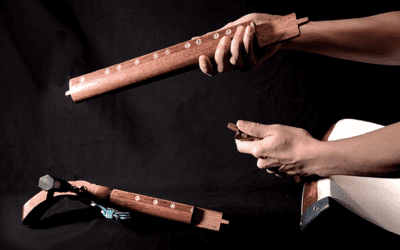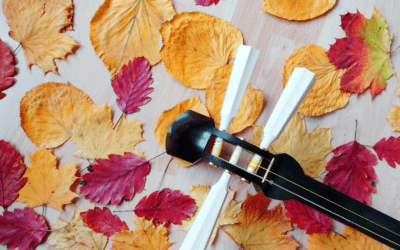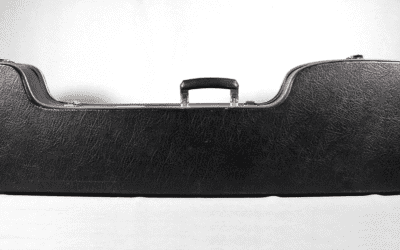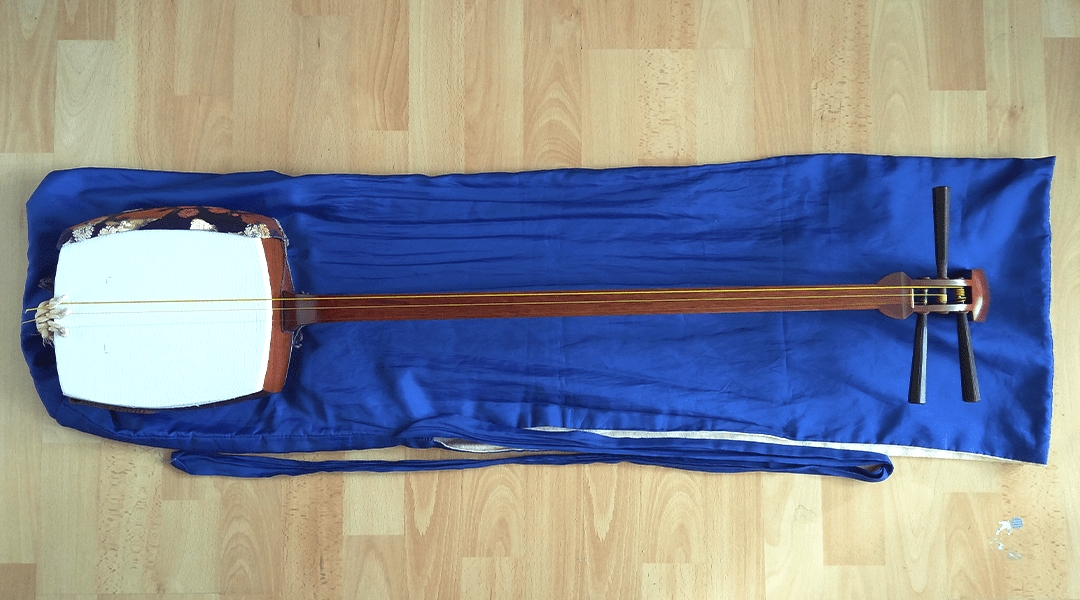
A Misunderstood Helper
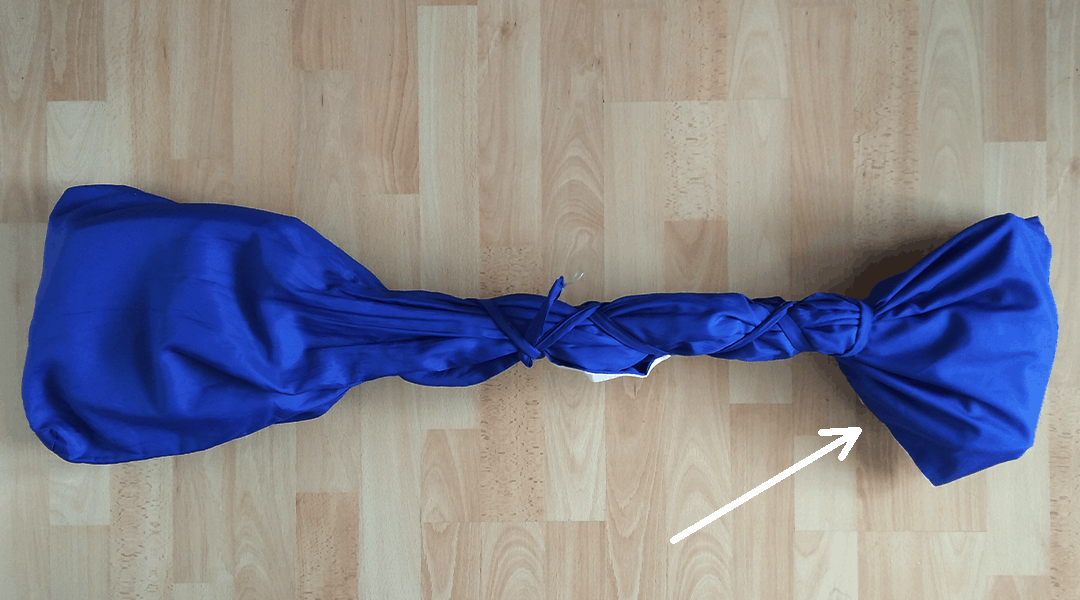
If you just throw the instrument into the cover and tie it quickly, gaps remain along the sides where dust or dirt can sneak in, and it doesn’t look very tidy. Taking the time to wrap it properly eliminates those gaps and gives a neat, presentable appearance.
Wrapping Your Shamisen Step by Step
Note: If your shamisen has a natural skin, don’t forget the Washi cover, which protects the skin from moisture. You can leave it inside the Nagabukuro—it doesn’t need to be removed every time.
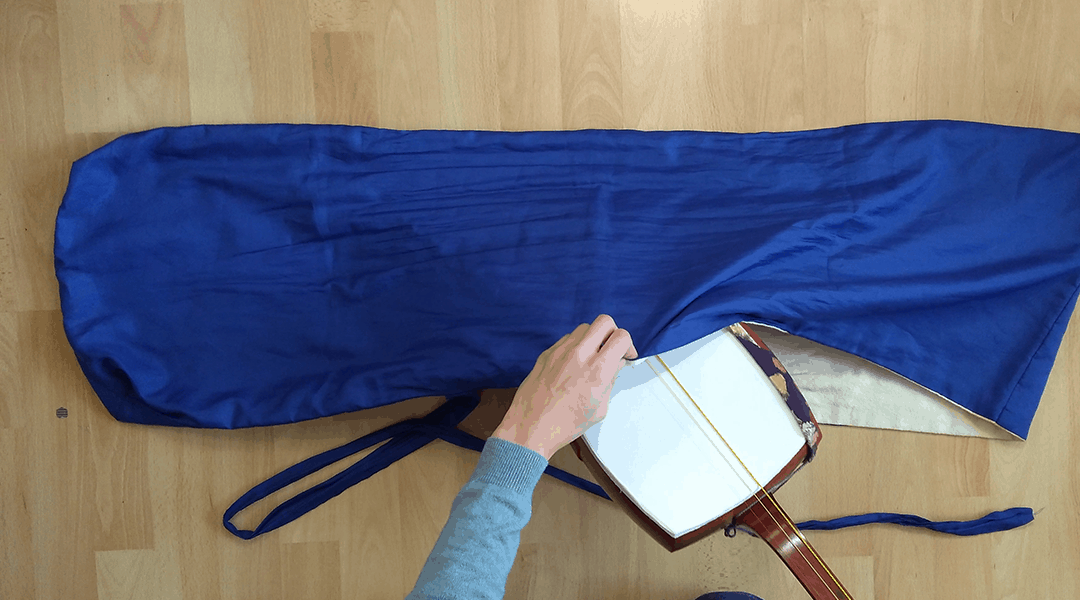
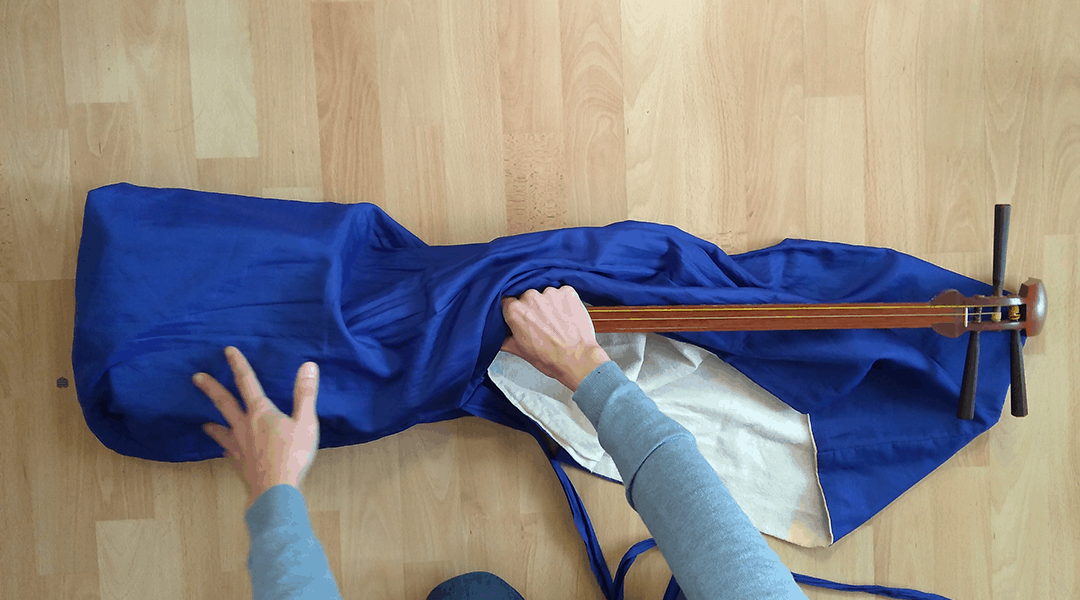
2: Push the dou all the way in until it stops.

3: Slide the rest of the instrument sideways into the bag until it is completely covered.
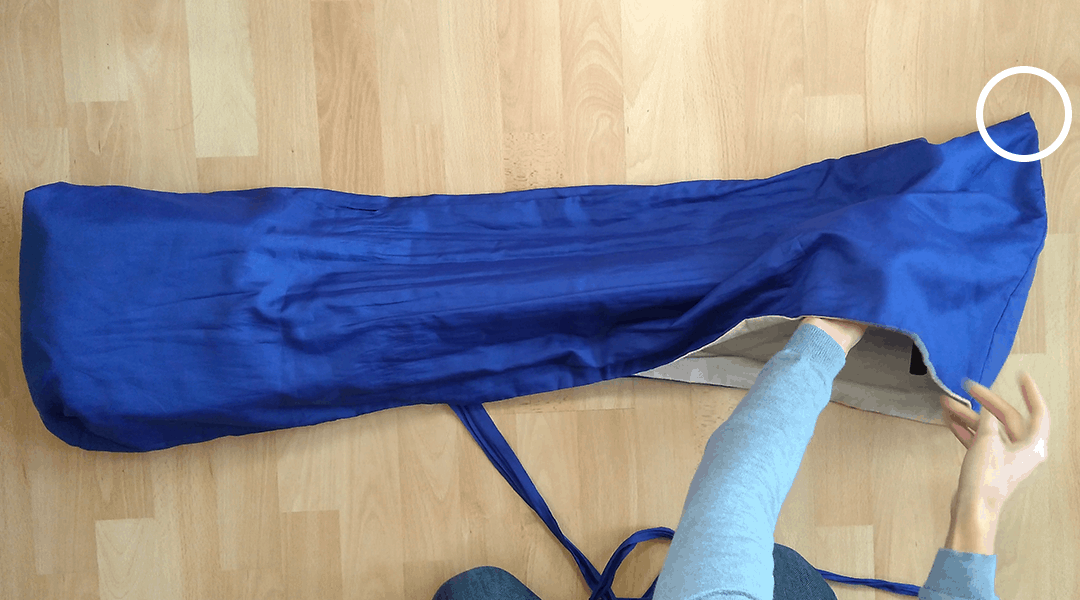
Magic moment: Take the closed upper corner and pull it over the back of the tenjin.
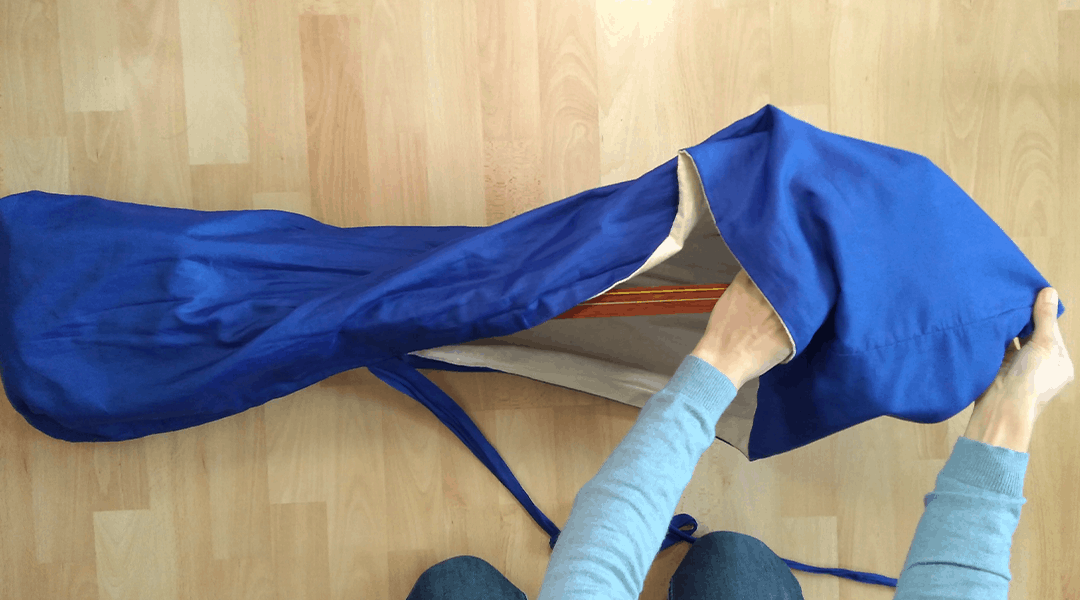
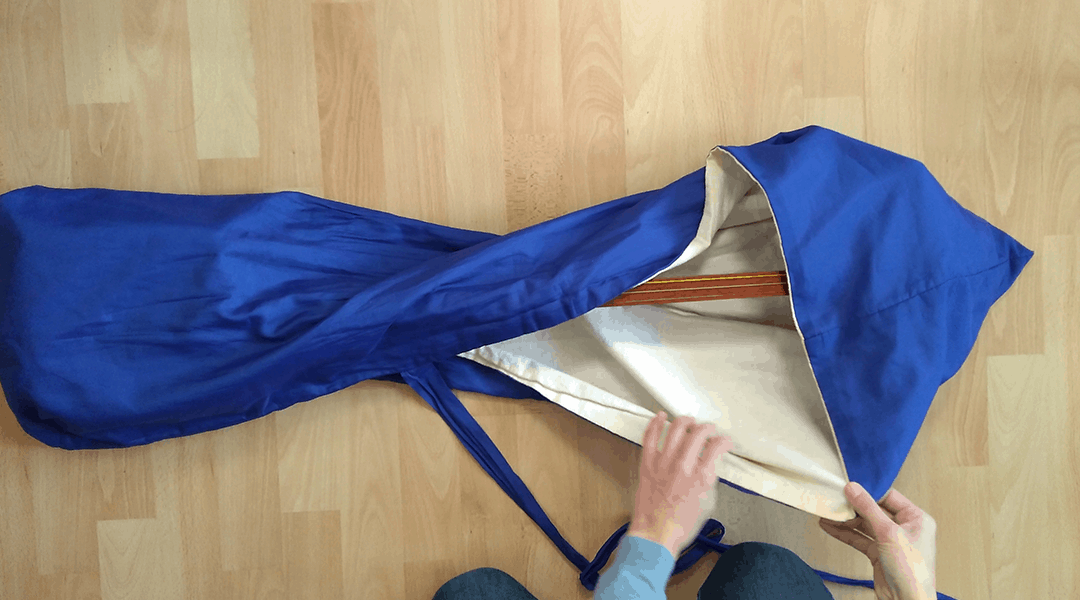
6: Adjust neatly to full width.
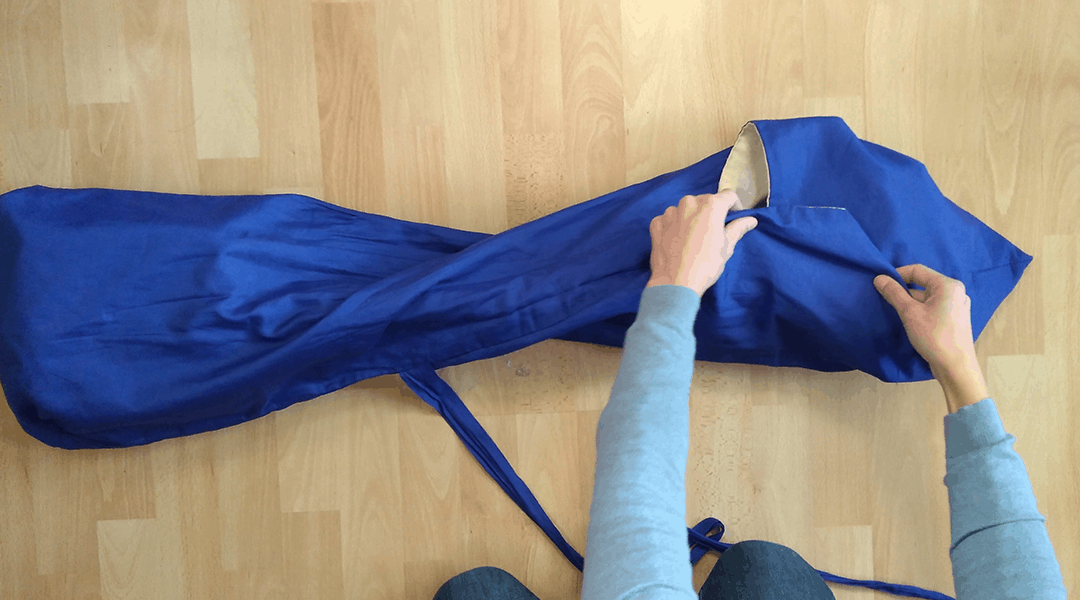
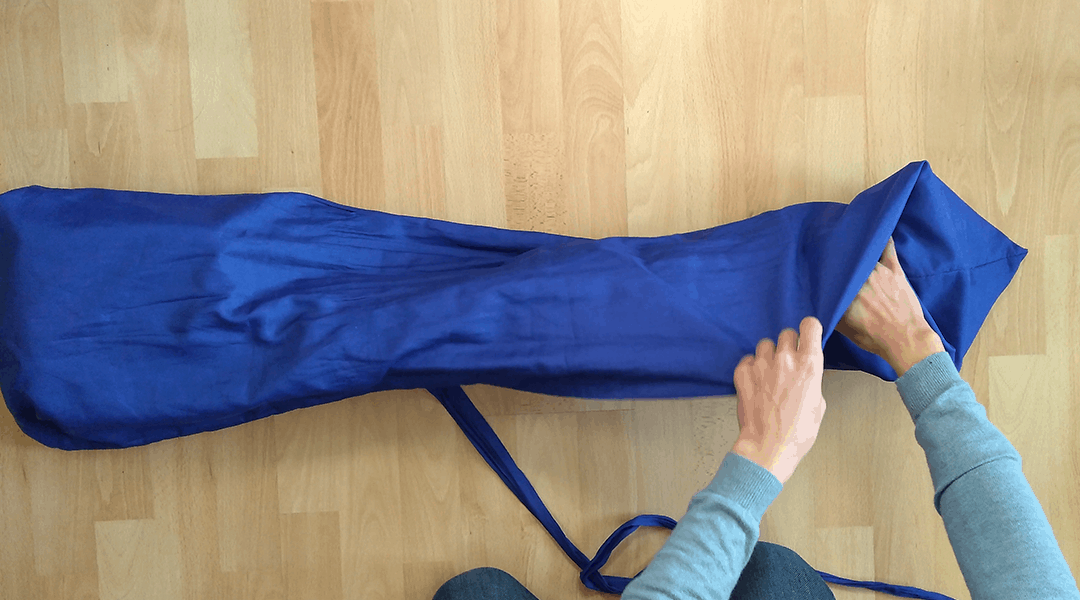
8: Lay it down firmly and neatly.
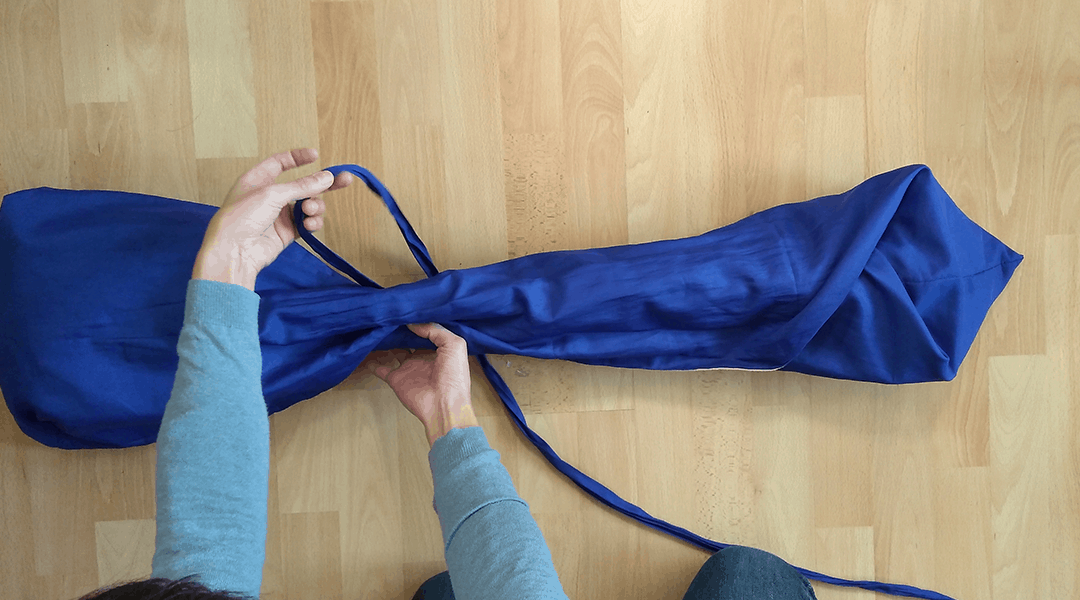

10: Finally, tuck in the end, for example by forming a small loop.
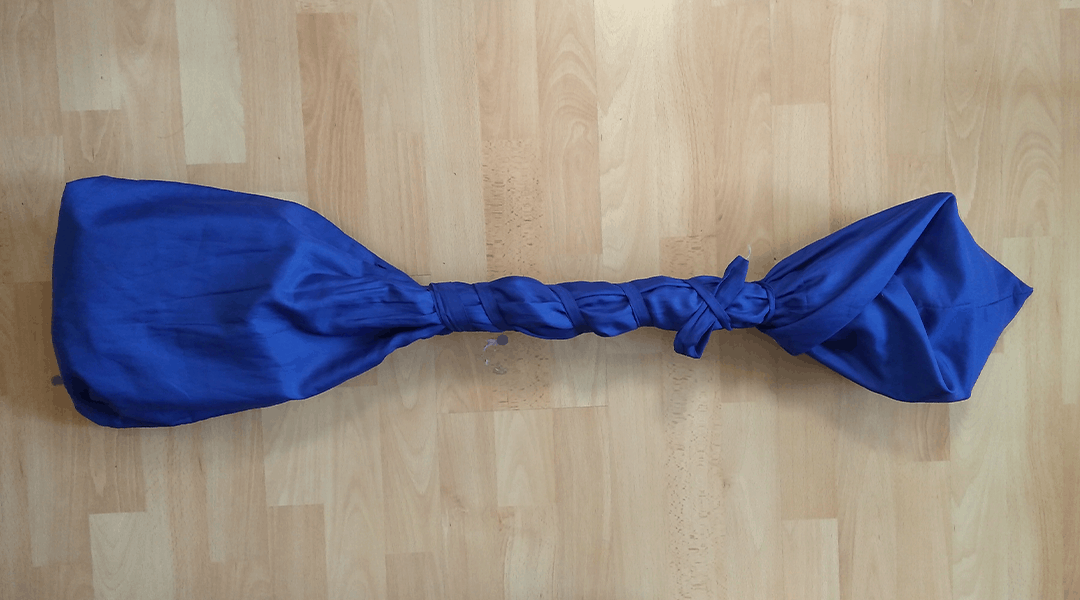
Watch the video here:

Newsletter abonnieren
Am Ende jeden Monats gibt es einen frischen Newsletter mit einer Übersicht aller neuen Artikel und Videos. Dazu gibt es alle anstehenden Terminen für den kommenden Monat. Plus hin und wieder ein nettes Schmankerl 🙂
Also: Gleich anmelden!

